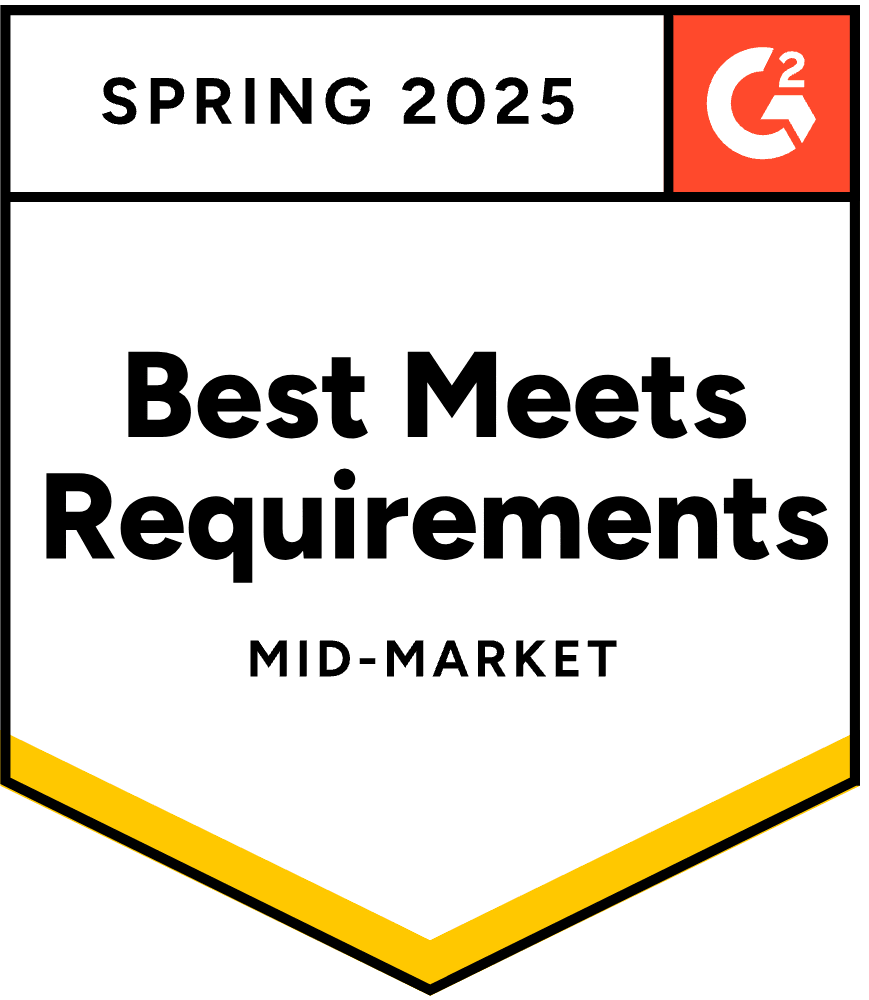- Blog
- 16 Powerful Ecommerce Personalization & Customization Strategies That Drive Sales
16 Powerful Ecommerce Personalization & Customization Strategies That Drive Sales
Table of Contents
Everyone’s talking about personalization and customization in ecommerce. But when it comes to actually implementing them, you’re left wondering—what’s the difference, who’s doing it right, and how can I do the same without breaking the bank… or my tech stack?
In this guide, we’ll break it down with real-world examples of both strategies in action and tips to help you get started—without needing a data science team or a massive rebrand.
Let’s dive in!
Personalization and customization in ecommerce: what’s the difference?
You’ve probably seen both terms thrown around in ecommerce circles, often used like they mean the same thing. But while they’re related, they solve very different problems—and serve different goals.
So, what exactly sets them apart? Let’s break it down.
What is e-commerce customization?
Customization is when users take the wheel and tailor their own experience.
This could be anything from choosing a product color to selecting features, uploading a design, or configuring components. The key here is that the customer is actively involved in shaping the final product or journey.
It works best when shoppers want something unique or tailored to their tastes. Think of it like ordering a burger exactly how you like it—no onions, extra pickles. That’s customization in action.
What is e-commerce personalization?
Personalization, on the other hand, is driven by data—not user input. It happens behind the scenes. The website (or app) adjusts its content, product recommendations, offers, or messaging based on what it knows about the user to enhance customer satisfaction.
This could include purchase history, purchase behavior, location, device type, or even time of day. So instead of asking the customer what they want, you predict it—and serve it up automatically.
The goal? To make the experience feel relevant, seamless, and almost instinctively helpful, increasing customer satisfaction and loyalty in the process.
Why the distinction matters in ecommerce
Knowing the difference between personalization and customization helps you design better experiences.
Personalization is automated and scalable—it tailors the shopping journey with little effort from the user. Customization is more hands-on, giving users control and boosting emotional connection.
For UX, personalization keeps things smooth. Customization makes it feel personal. Used together, they can seriously boost satisfaction and customer engagement.
8 ecommerce customization examples
So, how are brands actually using customization to wow customers? Let’s look at a few standout examples.
1. Nike by You
Nike lets customers design their own sneakers with Nike By You. From choosing the colors and materials to adding custom text, users can create something truly personal.
This strategy doesn’t just sell shoes—it builds emotional ownership. When a customer customizes their own design, they’re not just buying a product; they’re investing in their own creation.
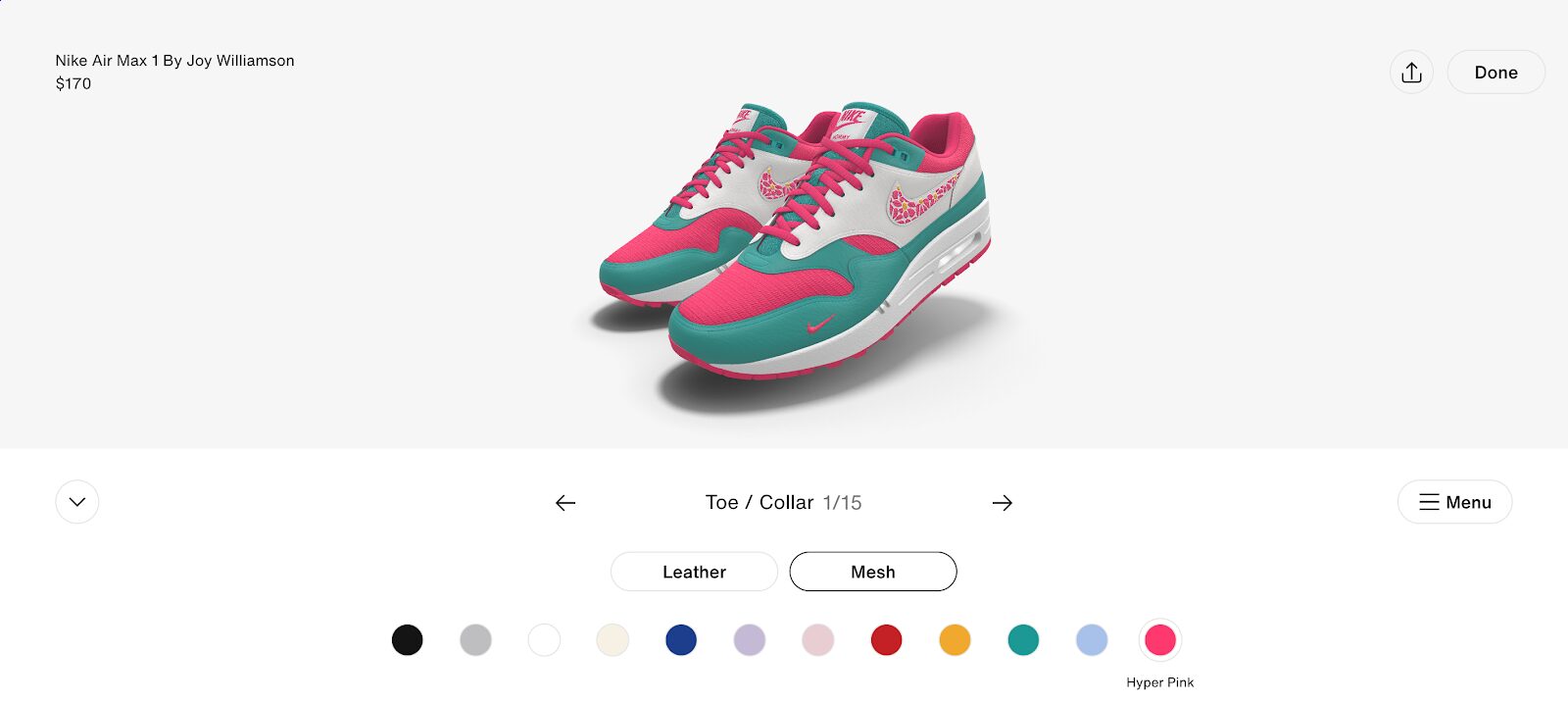
2. Function of Beauty
Ever wish your shampoo was made just for you? Function of Beauty makes that a reality.
It starts with a detailed hair quiz.
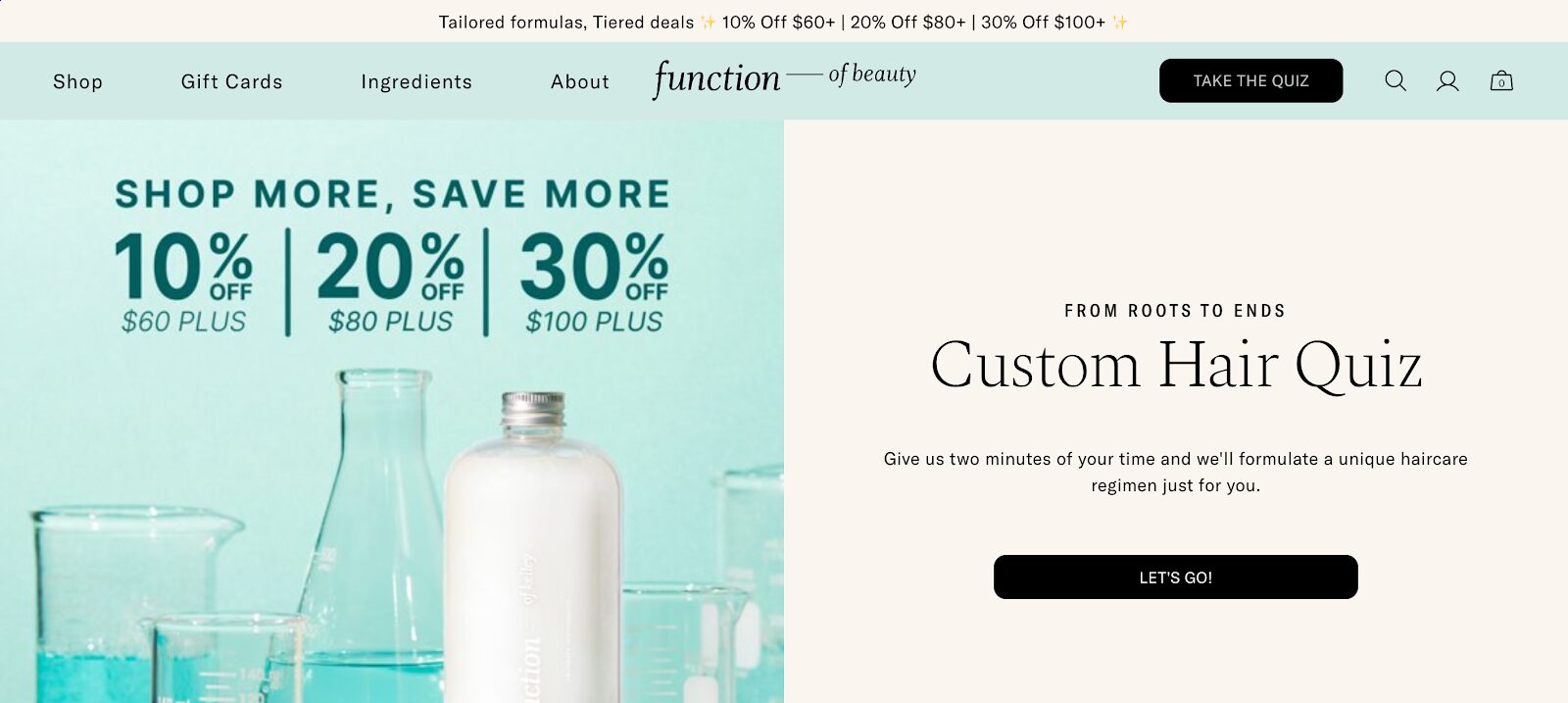
Based on the answers, customers get a formula tailored to their hair goals.
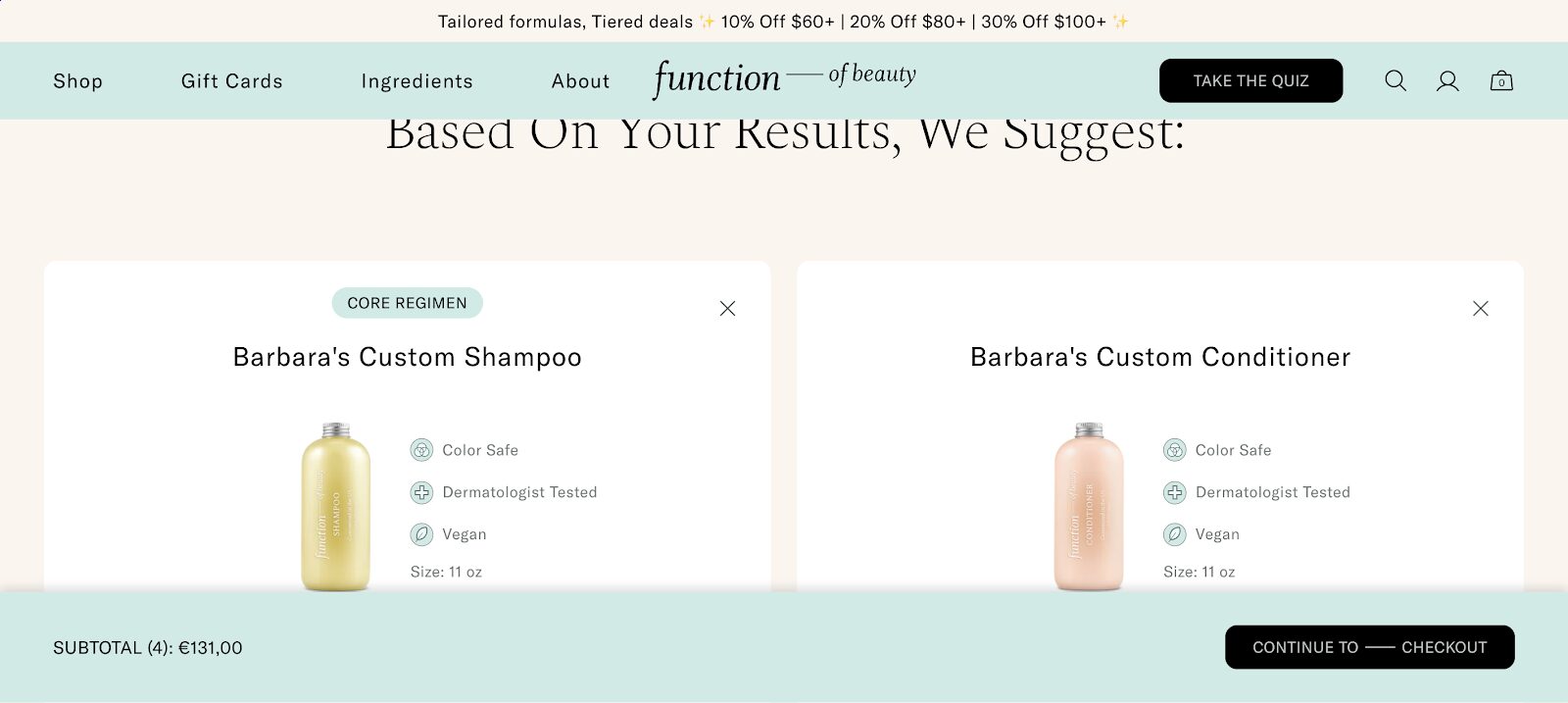
It’s a clever way to gather data while also engaging users—and the end result feels both personal and premium.
3. TeeSpring
TeeSpring gives creators the tools to design and sell custom merch, from mugs to hoodies.
Users can upload their own designs or create new ones using TeeSpring’s editor. This level of creative control has helped TeeSpring become a go-to platform for creators and influencers looking to build their brand.
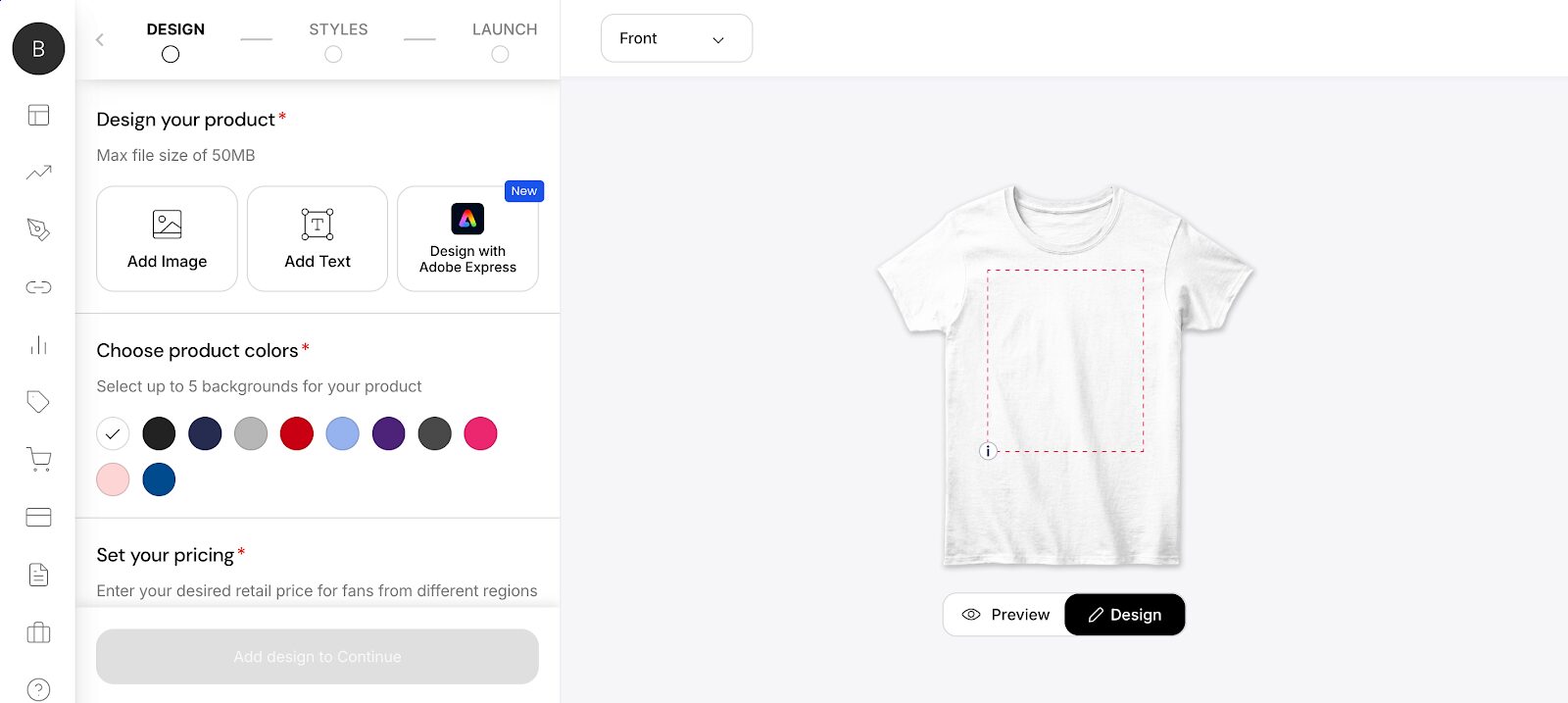
4. Michael Kors
Even luxury brands are getting in on the customization game.
Michael Kors lets customers personalize select products with monograms or custom messages. It’s a small touch, but one that adds exclusivity and uniqueness—two things luxury shoppers love.
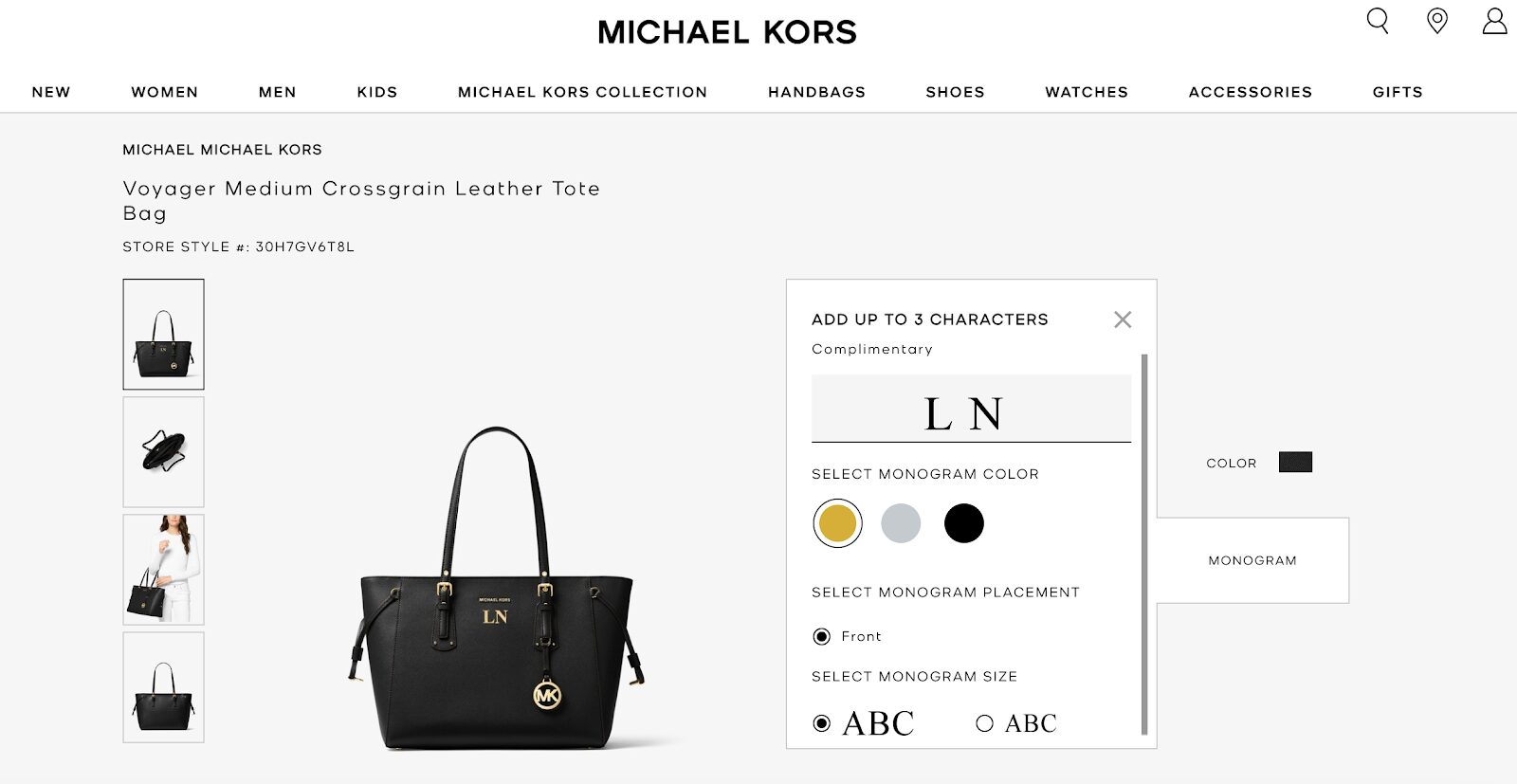
5. Chilly’s Bottles
Chilly’s gives customers the power to design their own reusable bottles with a full suite of customization options. From picking lid, body, and base colors to engraving personalized text, shoppers can create a bottle that reflects their unique style.
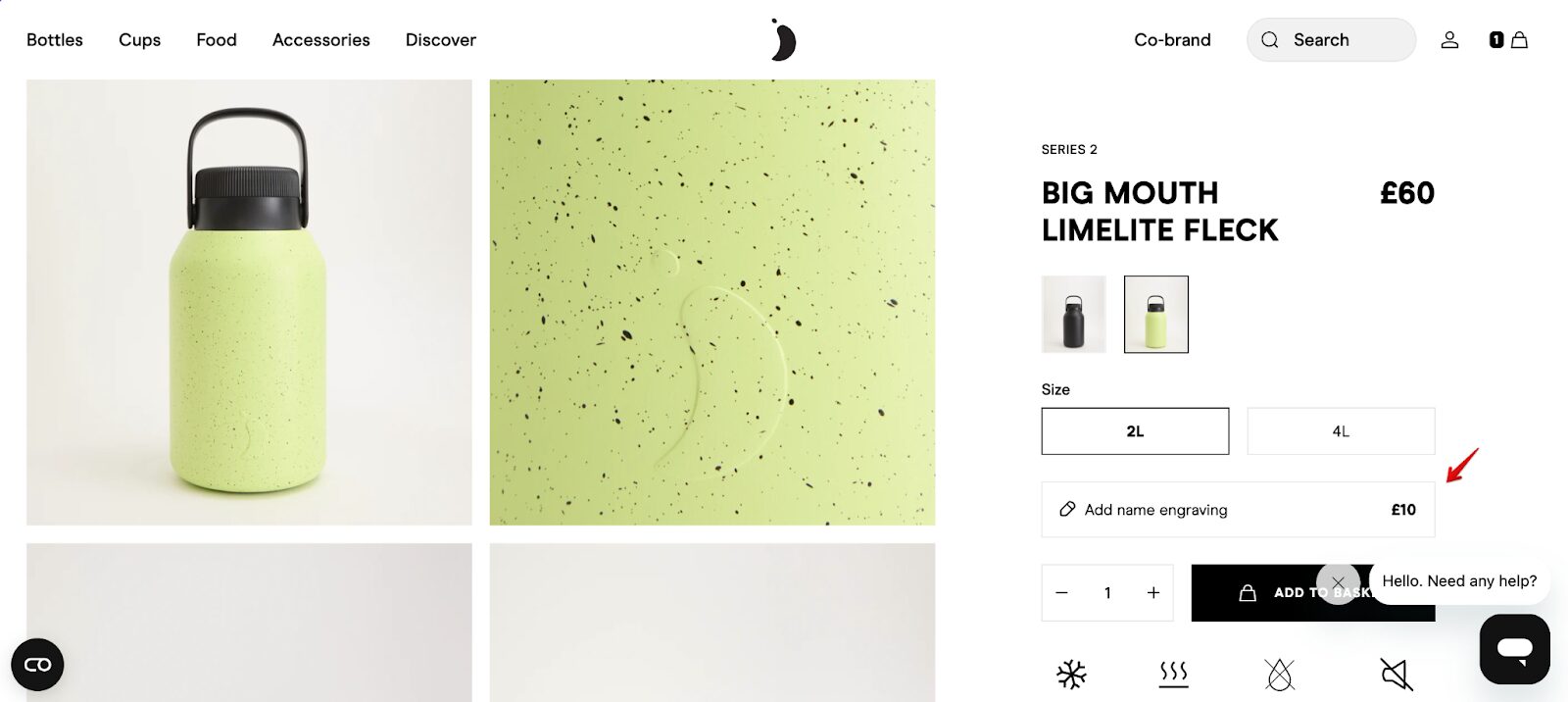
This hands-on design journey boosts user engagement and creates a sense of ownership, driving up perceived value and conversion rates.
6. Cadbury
Cadbury brings a sweet twist to personalization by letting customers add names or short messages directly to their chocolate bar wrappers. It’s a simple customization, but it transforms a common treat into a thoughtful, personalized gift.
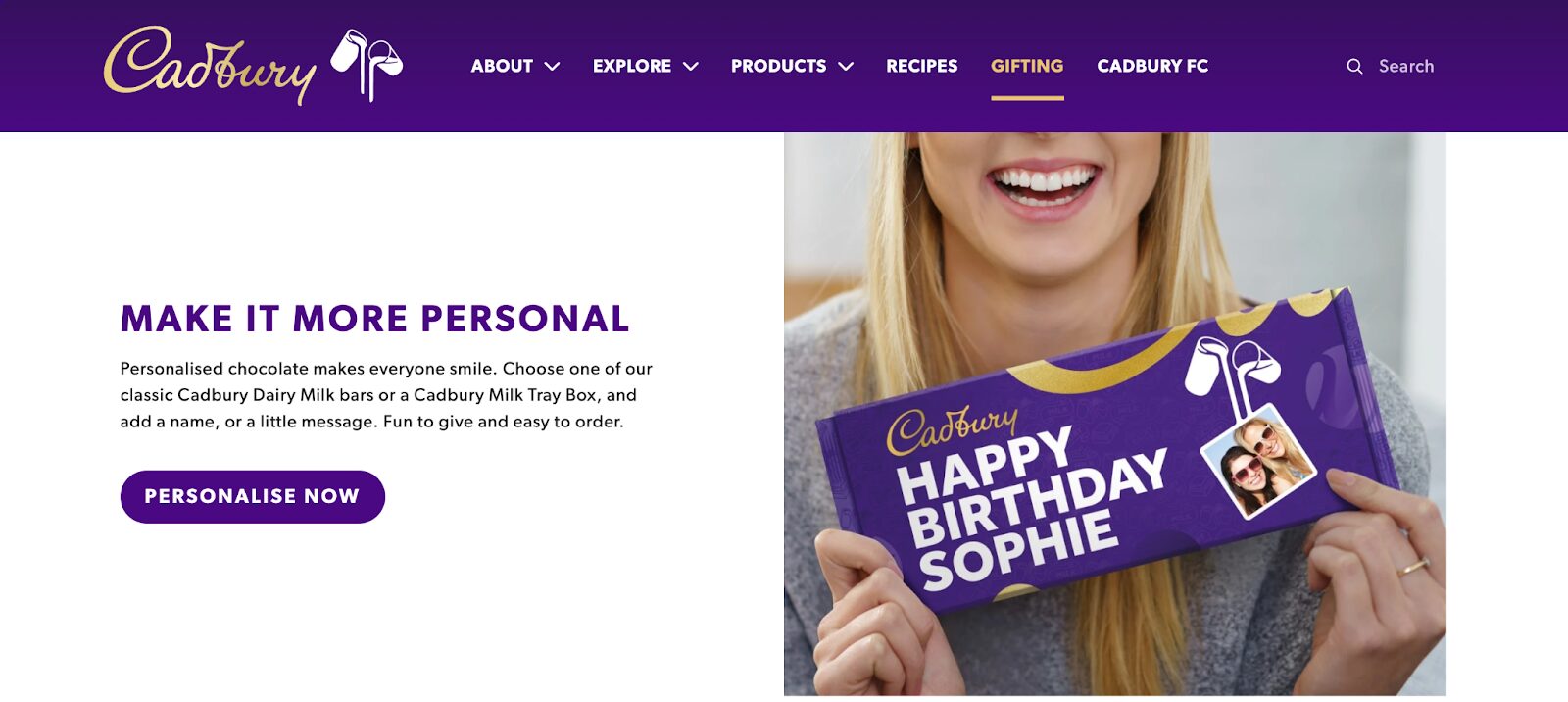
This strategy shines during holidays, birthdays, and seasonal promotions. It’s a low-effort, high-impact way to create emotional resonance with buyers, especially in gift-giving moments.
7. Casetify
Casetify lets users build custom phone cases from scratch. Customers start by selecting their phone model, then choose the case type and layout, and finally upload photos, graphics, or text to make it uniquely theirs.
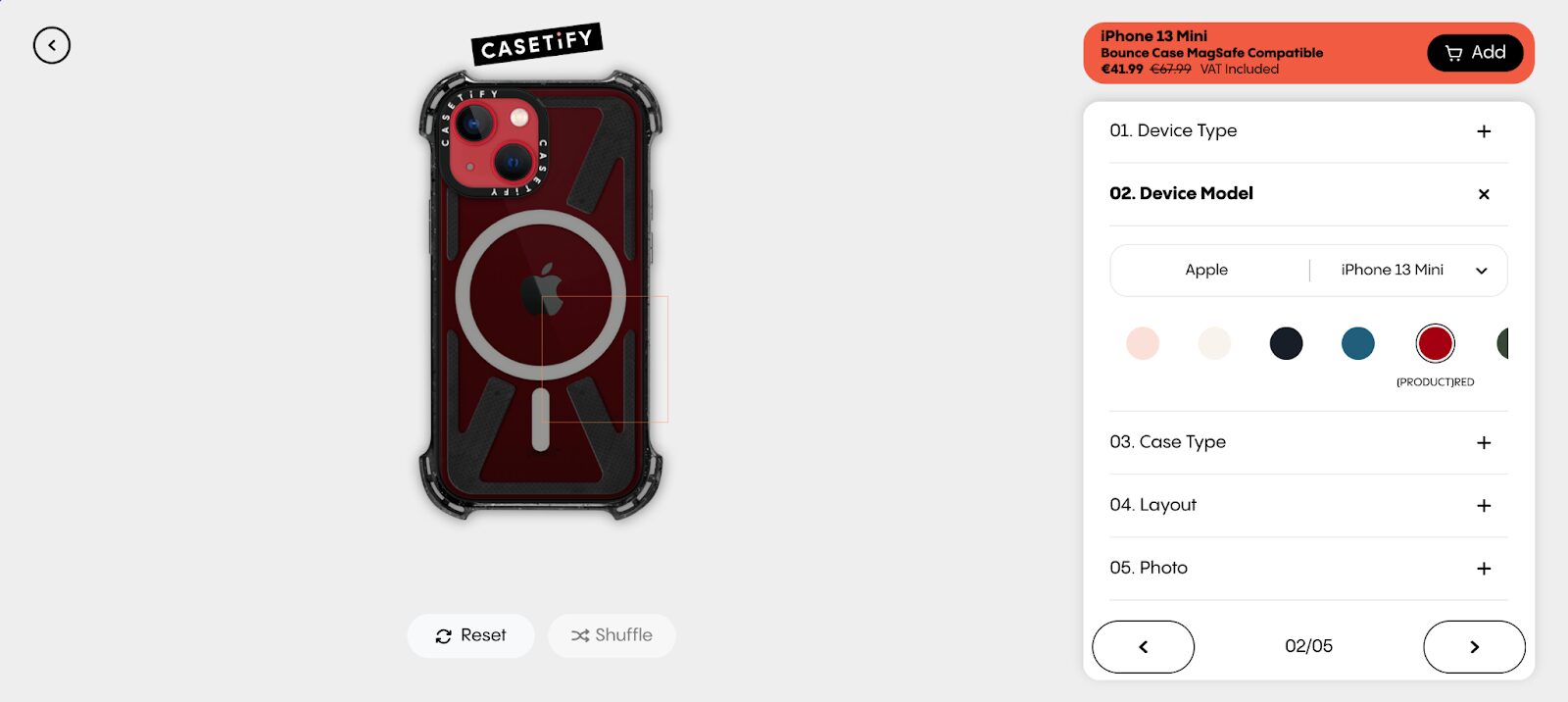
8. Brooklinen
Brooklinen elevates the bedding shopping experience by letting customers mix and match sheet colors, fabric types, patterns, and finishes to create a personalized bedding set. The customization is both aesthetic and functional, appealing to personal taste and sleep preferences.
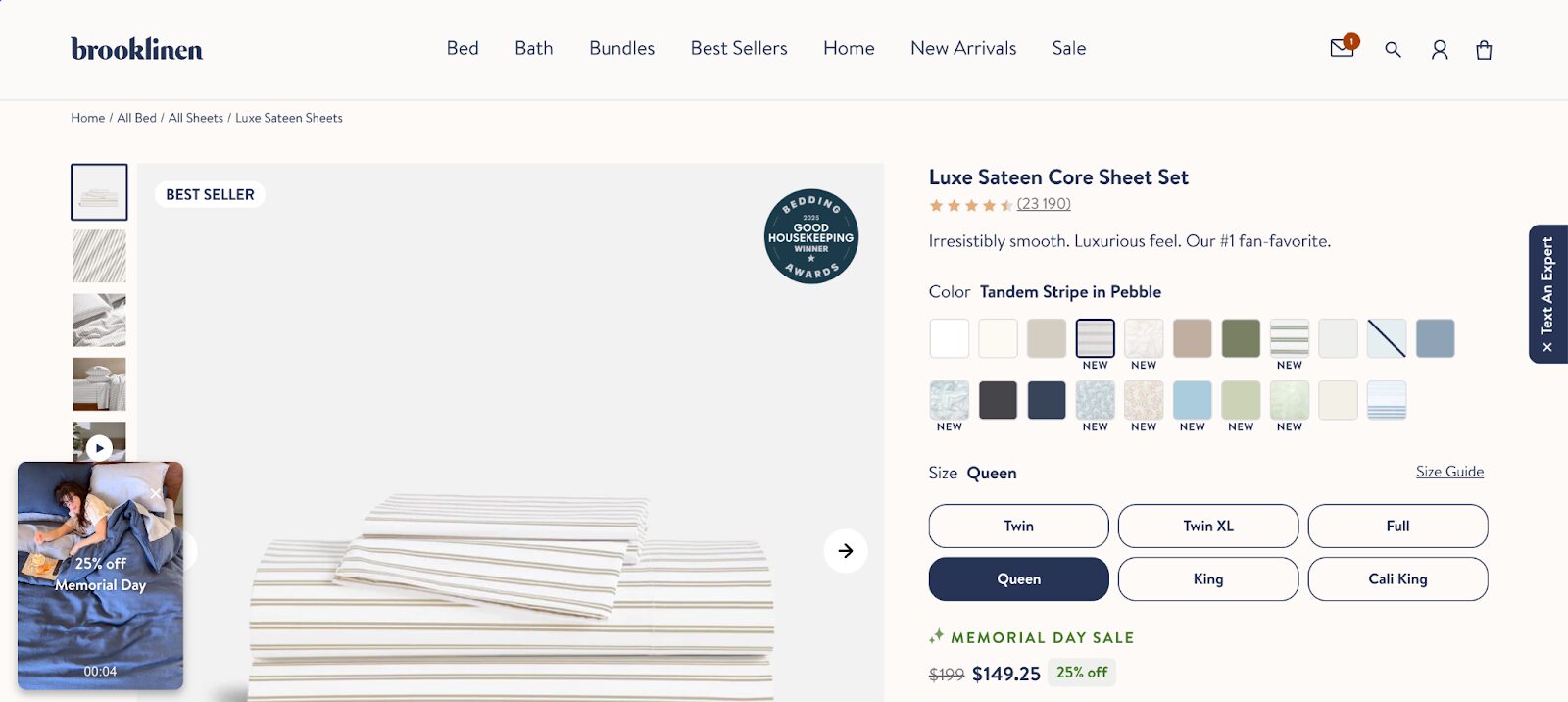
As users build their set, they see live price updates—this removes surprises at checkout and makes the process feel transparent and premium. This approach not only enhances the user experience but also increases average order value (AOV) by encouraging bundle building.
8 ecommerce personalization examples
Now let’s flip the script and see some outstanding ecommerce personalization examples you can get inspired by.
1. Millie N Me’s product recommendation popup
Millie N Me uses smart product recommendations via popups to suggest items related to what a user is currently browsing. It’s a low-lift, high-impact way to boost average order value and keep users engaged.
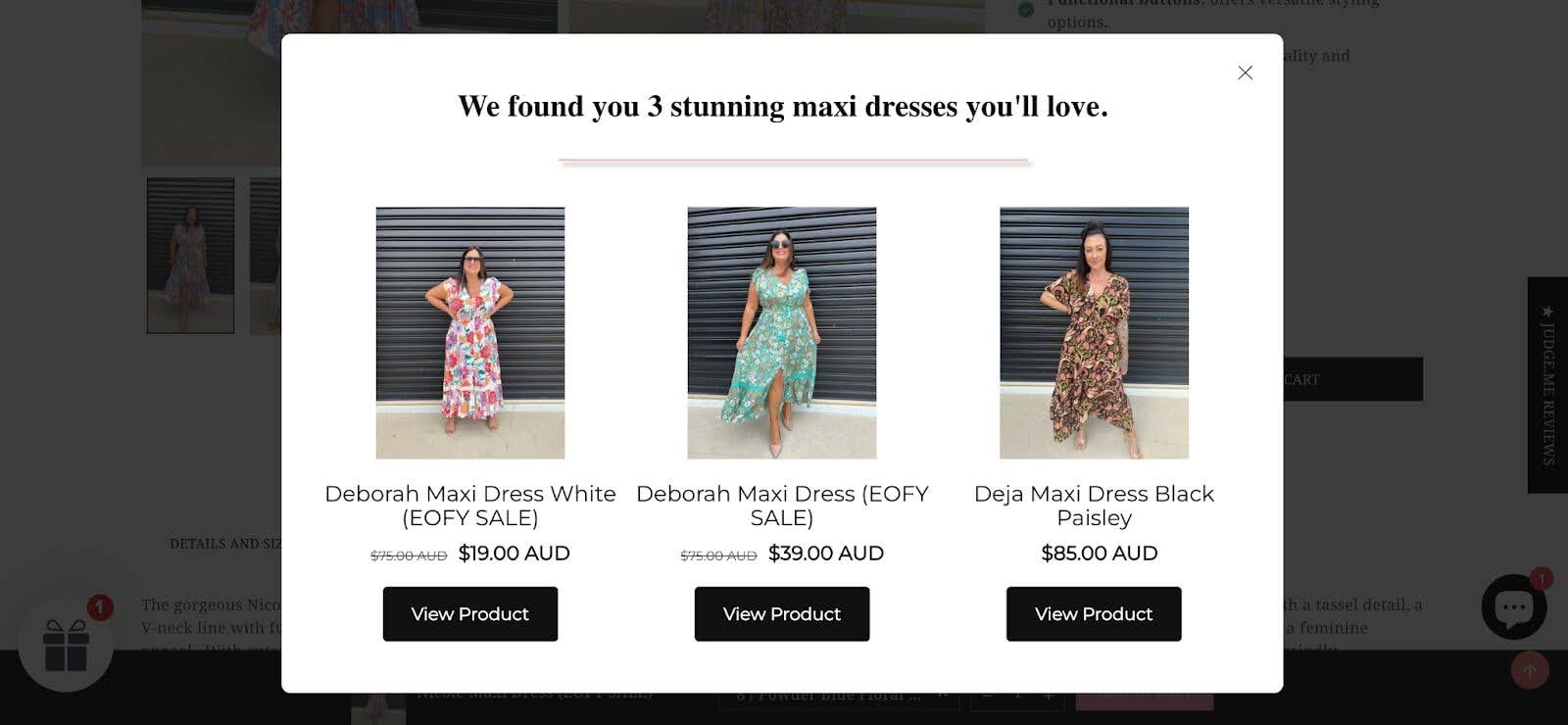
Want to copy this strategy? Get started with these templates today:
2. Kylie Cosmetics’ country-based personalization
No one likes surprises at checkout—especially expensive shipping.
Kylie Cosmetics shows country-specific shipping info right from the homepage.
The moment a user enters the site, a geo-based popup tells them exactly what to expect. It’s a small bit of personalization that goes a long way in reducing cart abandonment.
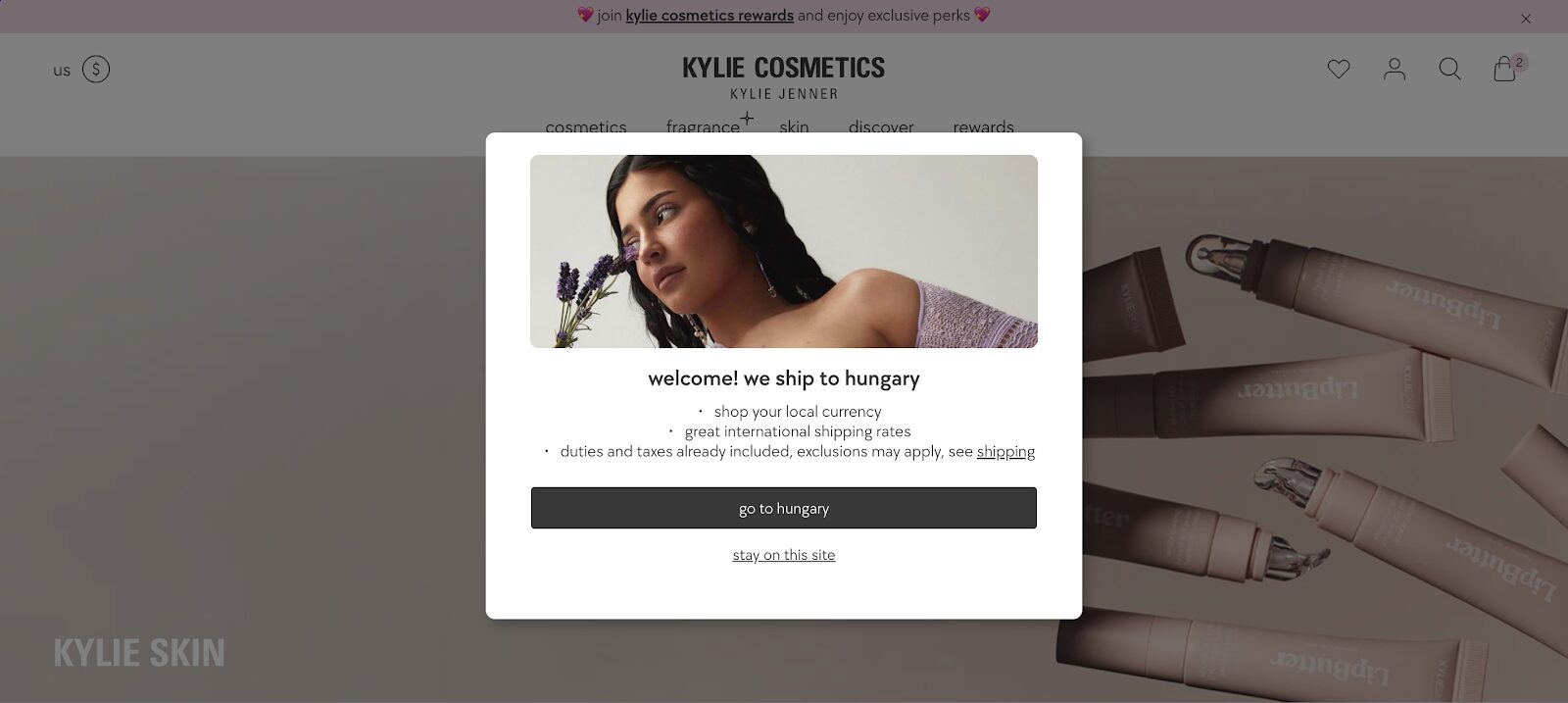
Wanna give your visitors an international welcome? See how to set it up.
3. ParfumeLab’s browsing reminder popup
ParfumeLab takes care of the forgetful shopper.
They use a browsing reminder popup to show visitors what they looked at duing a previous visit. It’s a gentle nudge to pick up where they left off—and a great way to bring warm leads back into the funnel.
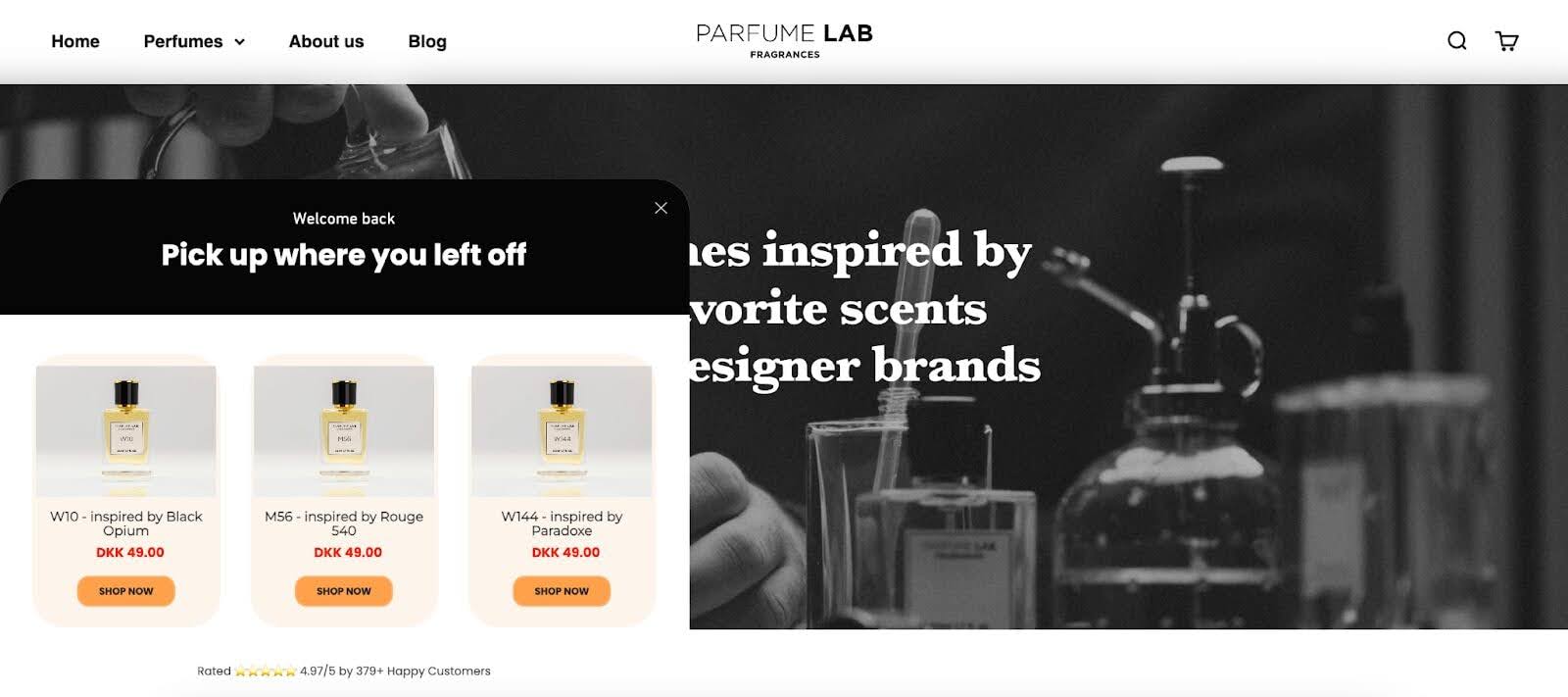
Ready to try it yourself? Start with these templates:
4. Obvi’s landing page personalization
Online store Obvi takes their ecommerce personalization strategy to the next level by tailoring their landing pages based on the specific goals that attracted users through their ads.
For example, users who click on weight loss ads are directed to pages focused entirely on weight management—featuring relevant products, testimonials, and benefits.
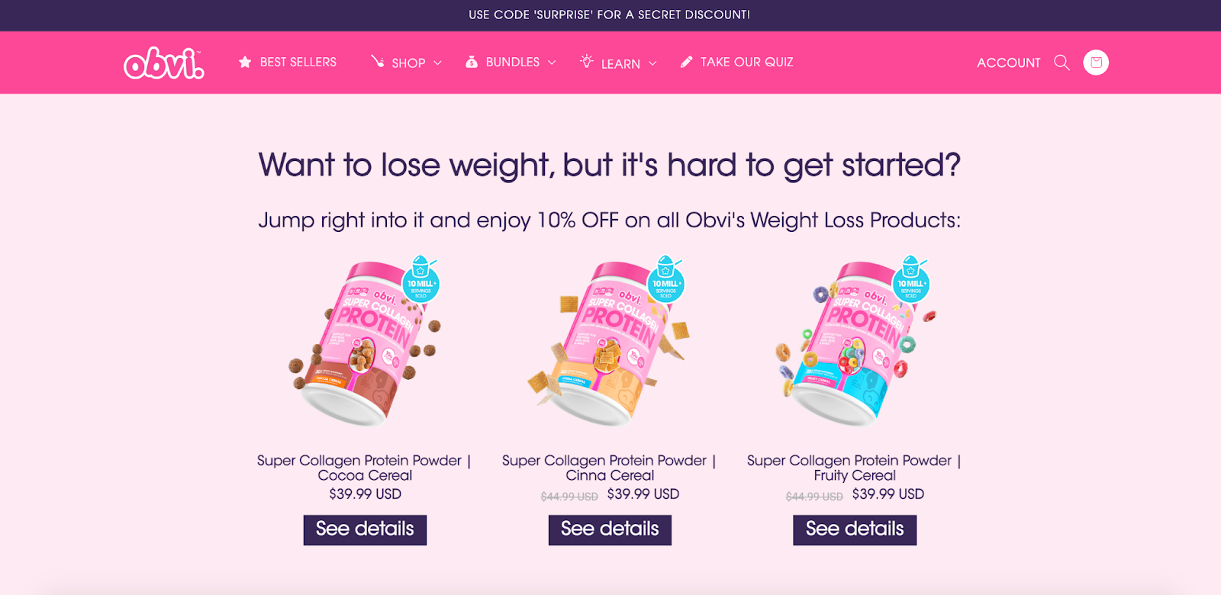
Meanwhile, those who engage with ads about sleep solutions land on a completely different experience focused on rest and recovery.
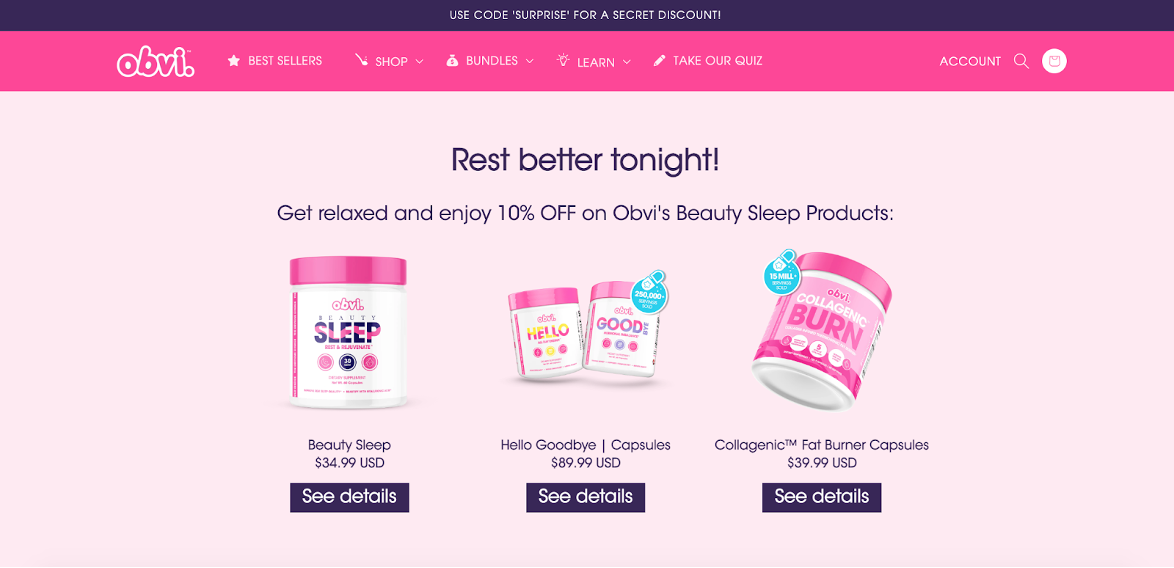
By aligning ad messaging with on-site content, Obvi creates a seamless and personalized customer experience that feels hyper-relevant to each shopper.
It’s a smart, granular approach that turns clicks into conversions.
Here’s how you can get started.
5. Hobbs’ intelligent styling recommendations
Hobbs uses smart personalization to recommend complementary items that pair perfectly with what a customer is browsing. It’s like having a helpful in-store stylist suggesting ways to pull an outfit together.
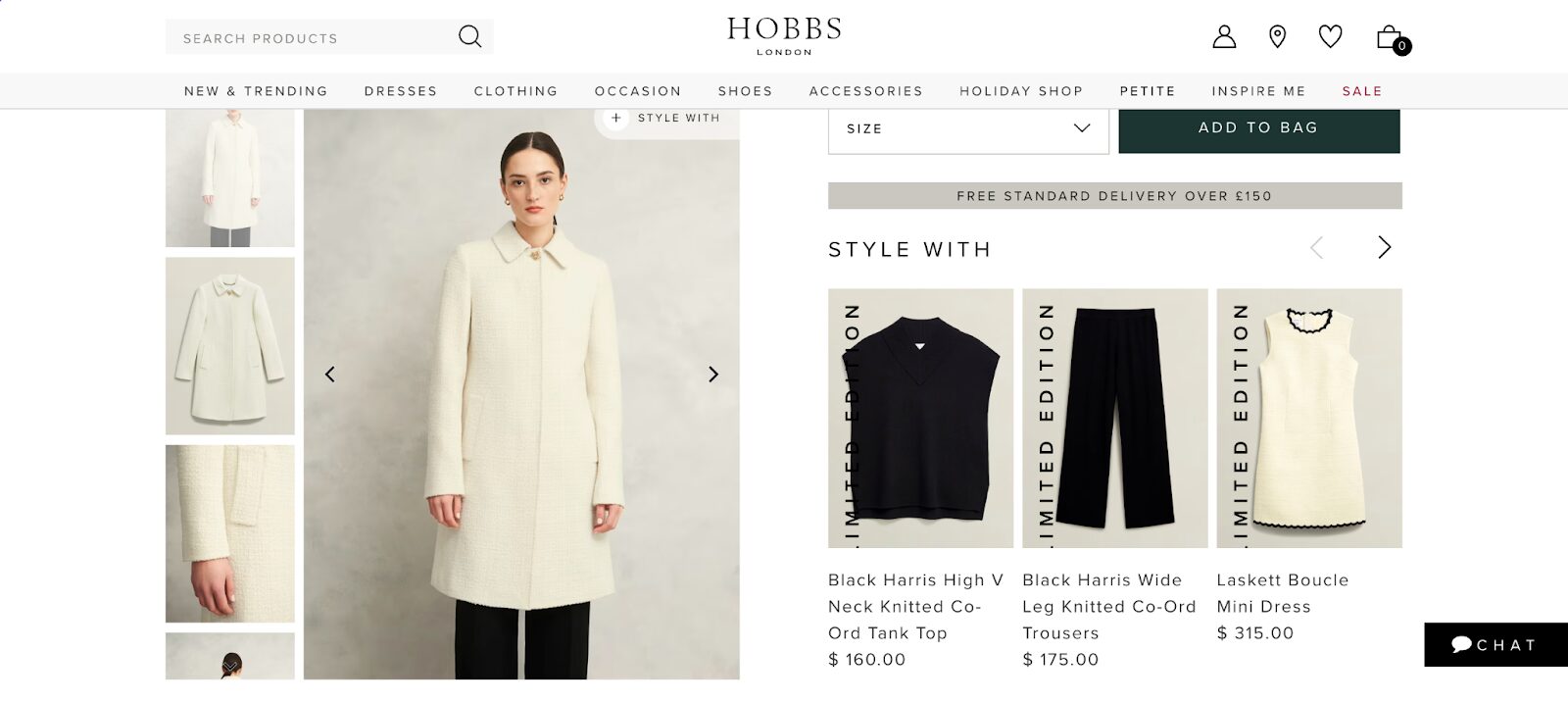
This approach helps shoppers visualize the full look—making the product feel more wearable and real in their lives. It also subtly encourages larger baskets by showcasing items that naturally complete the purchase.
6. Thinx’s goal-based personalization quiz
Thinx uses a goal-driven quiz to tailor its offerings. Visitors answer a few quick questions about their needs—whether it’s menstrual protection, postpartum care, or incontinence solutions.
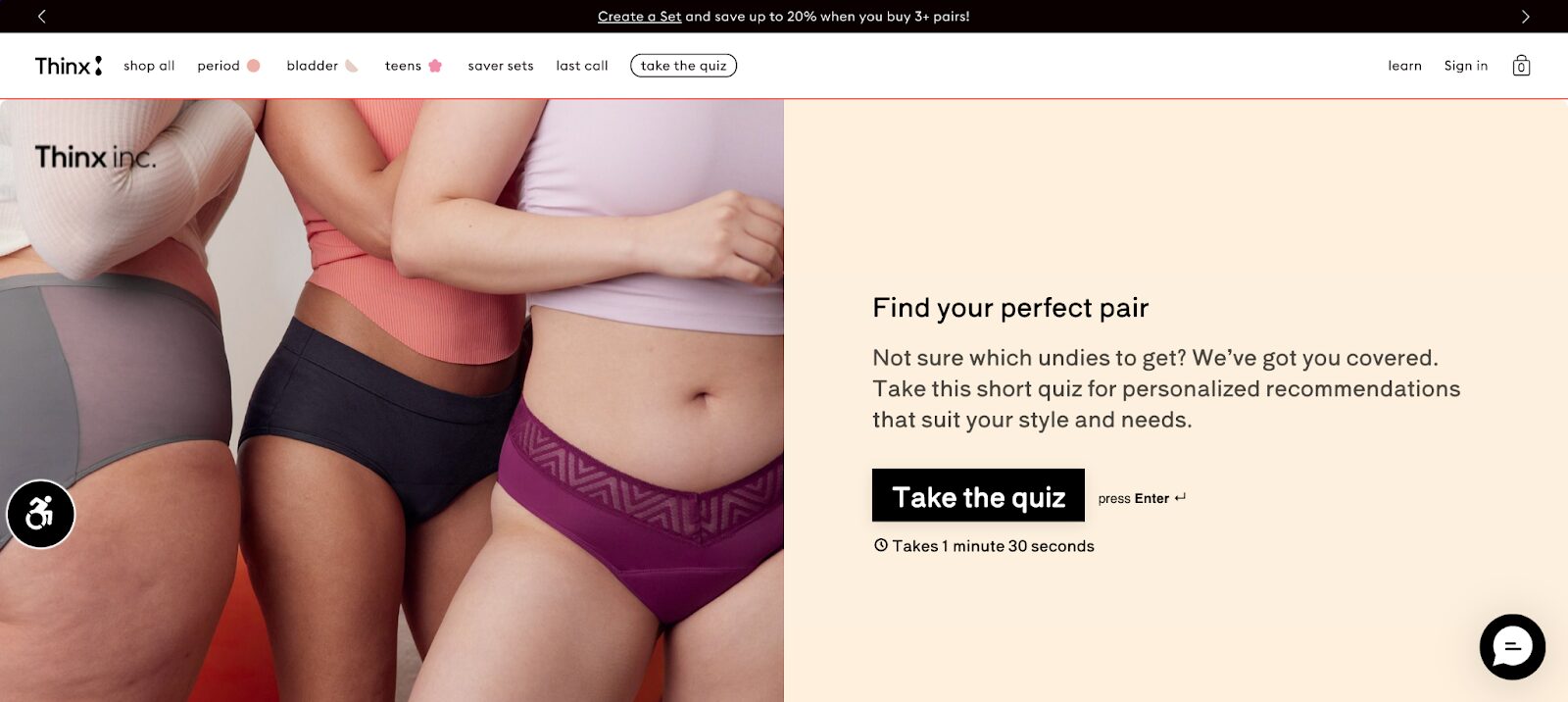
Based on the answers, Thinx delivers a personalized product recommendation that speaks directly to the shopper’s situation. This not only improves relevance but also builds trust and streamlines the purchase journey.
Ready to launch your own popup quiz? Check out these top templates to steal their strategy and start converting like a pro.
7. ASOS’ style feed and size recommendations
ASOS taps into browsing history, purchase patterns, and return behavior to deliver hyper-relevant product recommendations. Their AI-driven style feed curates items that match a user’s aesthetic preferences.
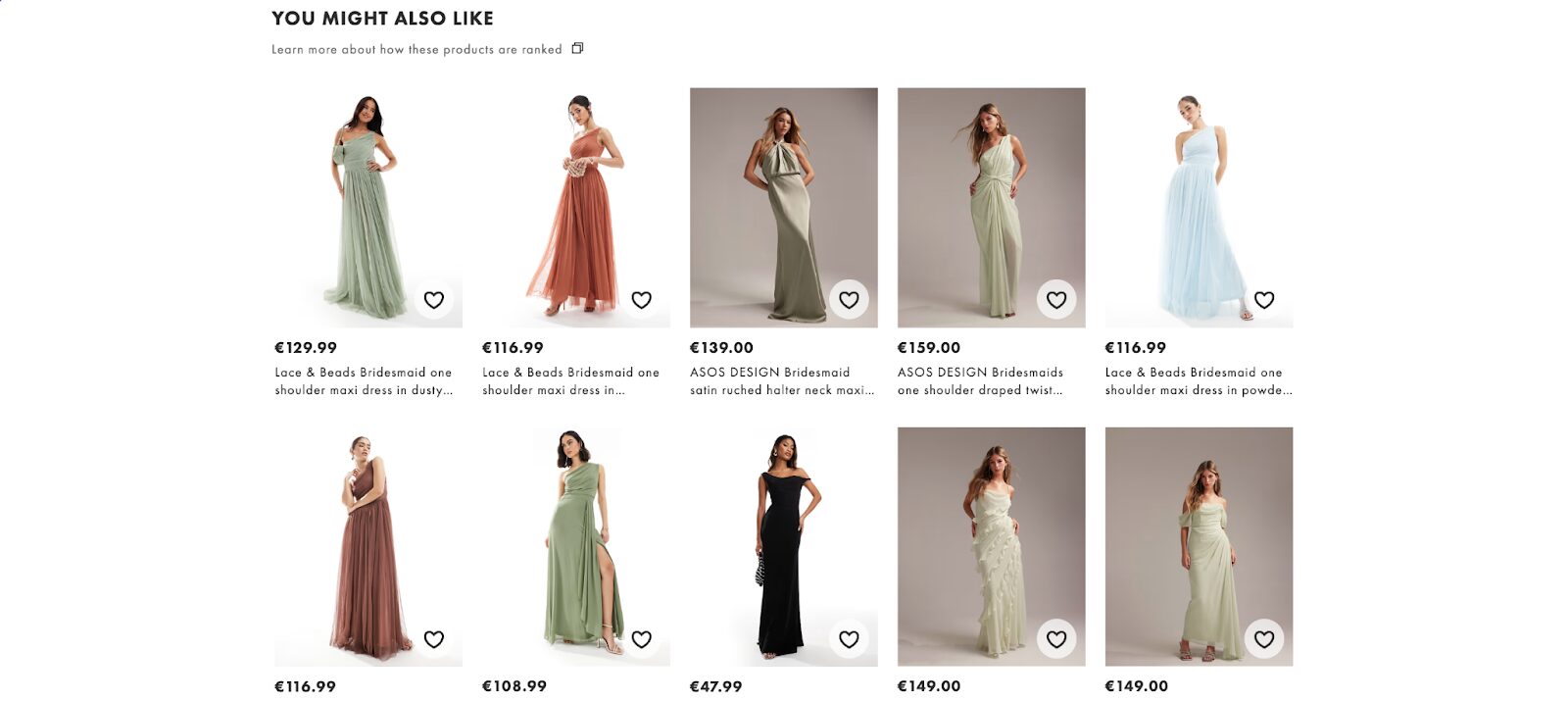
Additionally, ASOS offers personalized sizing advice based on past purchases and returns—helping reduce fit-related returns and improving customer satisfaction across the board.
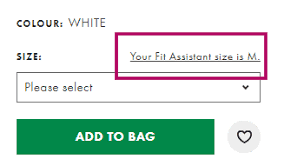
8. Baby Björn’s additional accessories
BabyBjörn enhances product personalization by recommending compatible accessories once a shopper adds a baby carrier to their cart.
From teething pads to weather covers, customers can tailor the carrier to suit their lifestyle and needs.
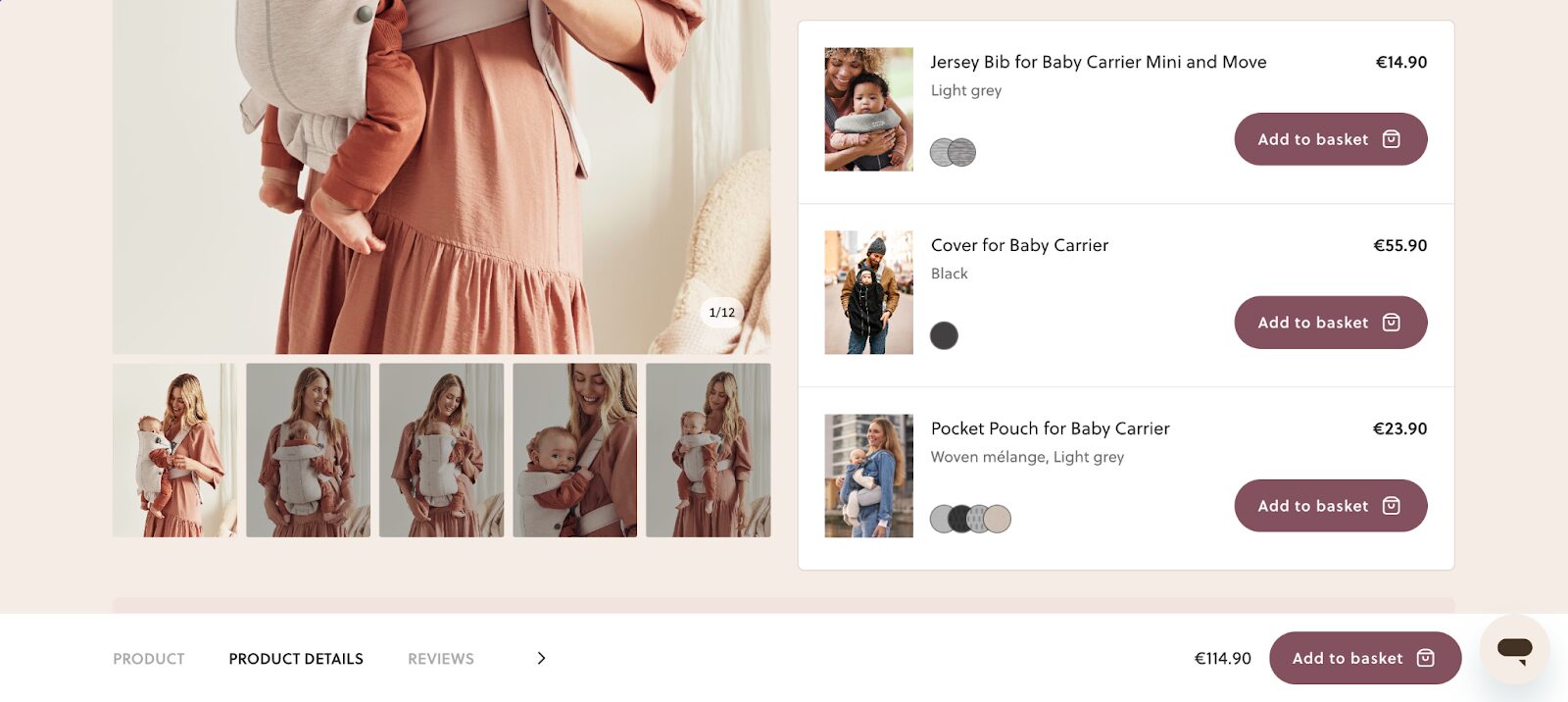
This upsell strategy feels organic and helpful—not pushy—encouraging customers to build a fully customized kit for their little one while increasing cart value.
When to use personalization vs. customization in your ecommerce strategy
So, should you go all in on one strategy? Not necessarily.
Use customization when your product lends itself to user input—think apparel, gifts, or beauty. It works best when customers enjoy being part of the process.
Use personalization when you have access to good customer data and want to streamline the journey. It’s ideal for stores with high traffic, multiple product categories, or returning users.
If possible, use both. The best ecommerce brands combine automated personalization with optional customization to deliver a standout experience.
FAQ
How do I collect customer data for personalization?
Start by using tools like Google Analytics, Meta Pixel, and onsite behavior tracking to gather customer data. You can also use email signups, quizzes, and past purchases to build rich user profiles. Always stay transparent and compliant with data privacy regulations.
How can personalization and customization increase customer engagement?
They make the experience feel tailored, which leads to longer sessions, higher conversion rates, and better customer retention. People love buying things that are made just for them—or at least feel like they were. Implementing a strong personalization strategy not only enhances customer satisfaction but also encourages repeat purchases, driving long-term growth for your ecommerce business.
What’s the best personalization strategy for beginners?
Start with product recommendations and location-based popups. They’re easy to implement on an ecommerce site, don’t require complex AI, and can have an immediate impact on conversions.
Can small ecommerce stores afford to implement these strategies?
Yes—especially with the wide range of affordable tools available today. You don’t need a massive budget to create a personalized shopping experience. Start small, test what works, and scale from there.
Wrapping up
Personalization and customization aren’t just marketing buzzwords. They’re proven strategies that help you create more meaningful shopping experiences—and gain more loyal customers.
Whether you’re letting customers design their own T-shirts or tailoring landing pages to their goals, it all comes down to one thing: making people feel like your store was made just for them.
Want to start simple? Try a popup—you can start your free OptiMonk account today.
Want to go big? Build a dynamic recommendation engine. Either way, the future of ecommerce is personal—and now you’re ready to jump on board.
Migration has never been easier
We made switching a no-brainer with our free, white-glove onboarding service so you can get started in the blink of an eye.
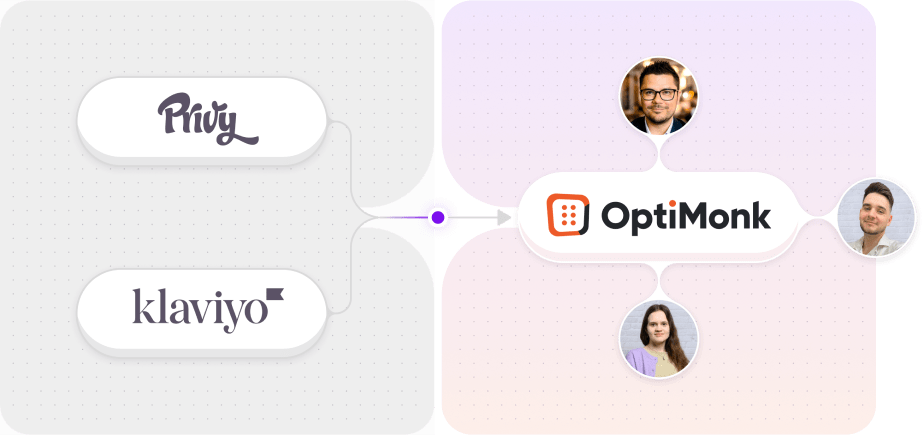
What should you do next?
Thanks for reading till the end. Here are 4 ways we can help you grow your business:
Boost conversions with proven use cases
Explore our Use Case Library, filled with actionable personalization examples and step-by-step guides to unlock your website's full potential. Check out Use Case Library
Create a free OptiMonk account
Create a free OptiMonk account and easily get started with popups and conversion rate optimization. Get OptiMonk free
Get advice from a CRO expert
Schedule a personalized discovery call with one of our experts to explore how OptiMonk can help you grow your business. Book a demo
Join our weekly newsletter
Real CRO insights & marketing tips. No fluff. Straight to your inbox. Subscribe now
Barbara Bartucz
- Posted in
- Conversion
Partner with us
- © OptiMonk. All rights reserved!
- Terms of Use
- Privacy Policy
- Cookie Policy
Product updates: January Release 2025


